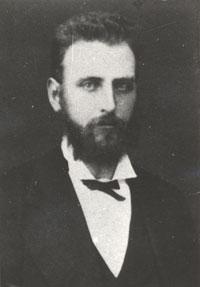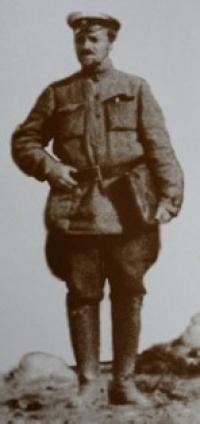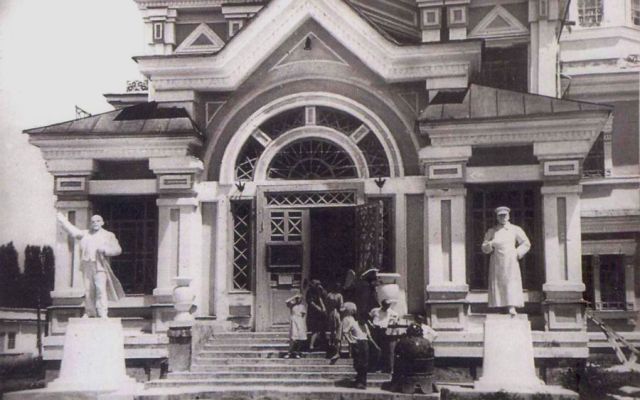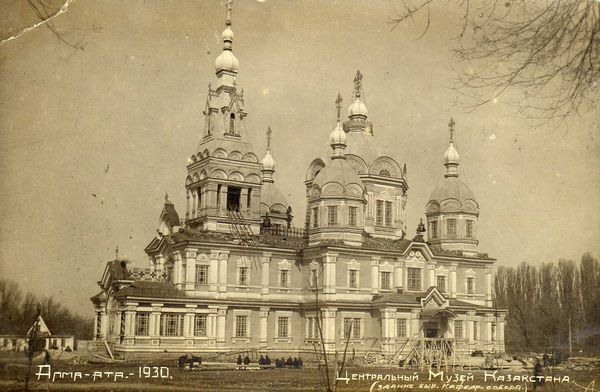You are here
History of cathedral in Almaty.


National foods tours in Almaty.
“There’s something about arriving in new cities, wandering empty streets with no destination. I will never lose the love for the arriving, but I'm born to leave”
Charlotte Eriksson.
Sightseeing tours in Zenkov cathedral in Almaty.
History - In the late XIXth century the first bishops of the Turkistan eparchy discussed the need for a Russian Orthodox Church in Almaty. On September 26, 1903 the bishop of Turkestan and Tashkent, Paisii (Vinogradov) consecrated the foundation of the church.
Construction lasted between 1904 and 1907. The belfry was erected on September 14, 1906. The cathedral survived the 1911 earthquake with minimal damage, even though it was built without any nails.
Some bishops are saying it was saved by God. The inner structure of the cathedral was made in the artistic workshops of Moscow and Kiev. The iconostasis was painted by N. Khludov. After the Russian Revolution the cathedral was used to house the Central State Museum of the Kazakh Soviet Socialist Republic.
From 1930 to 1940 it was used by important public organizations.
The first radio transmitters in Almaty were situated in the cathedral's belfry. One of Almaty's historic landmarks is the Cathedral of Saint Ascension, a modern place of worship in the long line of such sites in the region, each an expression of their specific era, such as ,the Kjodja Ahmed Yassawi Mausoleum in Turkistan, erected by Timur, the Aisha Bibi Mausoleum, which dates back to the epoch of the Karahanids, the Mausoleum of Juchy Khan, the eldest of Gengis Khan, in Ulytau.
The history of Saint.Voznesenskiy, the St.Ascension Cathedral in Almaty goes back to the 1870s. By the decree of Tzar Nikoly I in 1855 a military base was built in what is today modern Almaty.
Quickly the need for a place of worship was established but only in 1868 was the foundation laid in the governor's garden, today the park of the 28 Panfilov Heroes. The project seemed destined to take forever, due to incomplete documentation and registration, personnel changes, lack of financial funds, the architects death and a severe earthquake.
Today it's difficult to imagine what a wide range of geographical names were involved in supplying the Cathedral with the materials and ready-made elements needed; cement from Tashkent, antiseptic and special chemicals for covering cement floor from Warsaw, metlah tiles handmade at the "Kos&Dur" plant and artistic castings made of papier mache at the Kovalevskiy factory in St. Petersburg, nickel hardware made in the famous Zemtsov factory from Tula, paint from Moscow, icons for iconostasis from the Kiev art workshop of A.Murashko.
The original military base gradually became the main center for Russian activity in Turkestan and subsequently the number of parishioners grew to 1800. It was therefore decided to change plan and instead of a simple temple build a real cathedral.
Since standards applied to building the Cathedral strongly differ from building just an ordinary city temple, the construction work, which had been begun already, didn't meet the requirements any longer and it took another 10 years to deal with the re-construction.
By then the findings of Russian engineers and scientists had confirmed that wooden buildings were much less likely to be destroyed by an earth quake. This too influenced the style and building technique of the cathedral though fire safety and exposure to fungi of a wooden construction were of great concern.
It is certainly thanks to the architect A.P. Zenkov that in 1907 the first mass was held in the cathedral. He came up with ingenious construction techniques for these very specific local conditions and also had the clout to get a compromise from the various interest groups and authorities involved.
After 1917 and the Russian Revolution, what was once considered the price of the city dwellers was named a symbol of "darkness and ignorance". In 1929 the bells were removed, the particularly beautiful three-tiered iconostasis destroyed.
In the 1930s city authorities placed a Radio station, then the Republican historical museum into the Cathedral. These changes required major reconstruction of the building. It was either irony of fate or just pure luck that in 1934 A.P.Zenkov was commissioned to carry out these works.
He made sure to preserve as much as possible of his original structure. The river of the history is running forward, even when it changes its course. After periods of full denial of the past there comes a time of nostalgia and awareness that there's no life without your historical background.
This very change happened in Soviet Kazakhstan in the 1970s. The building was restored and made accessible to the public under the guise of a museum. And after another major turn in history, on April 18, 1995 the building was officially assigned to the entire use of Almaty and Semipalatinsk Eparchy by the decision of the President of the Republic of Kazakhstan.


Authorship:
Aleksandr Suvorov. http://www.discovery-central-asia.com
Photos:
Book "Sacred Ascension Cathedral", 2006.







